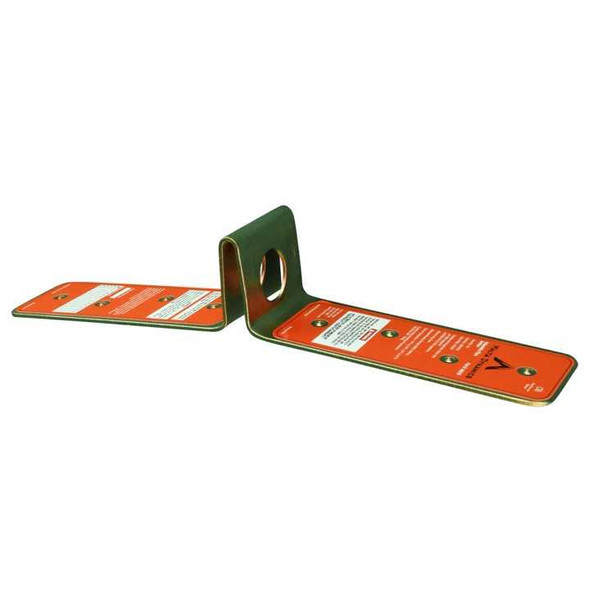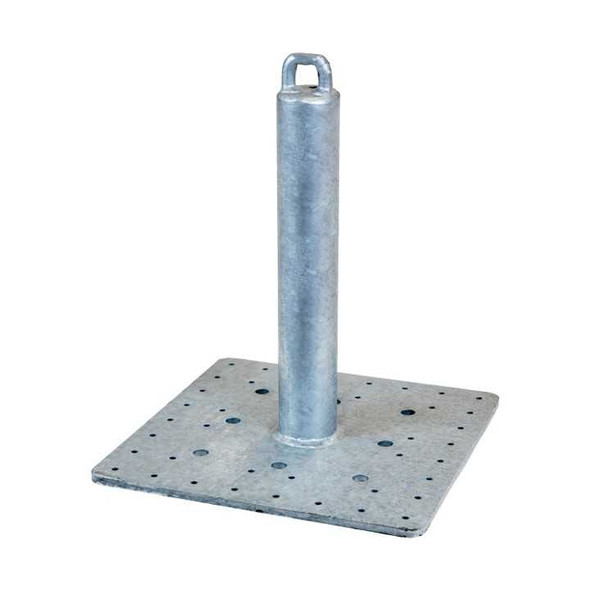Why Standing Seam Roofs Are Different
All types of structures use standing seam roofs, from commercial and residential buildings to industrial complexes. When you work on a standing seam roof, it’s not the same as working on other types of roofs. You’ll need to approach anchorage differently than other types of roofing. Working on a slanted roof requires careful concentration because it may be easier to fall.
You also need to use a different type of anchor than for wood and concrete. The anchor point must demonstrate extreme durability while also being strong enough to offer the best fall protection. The anchor should secure to the roof without causing damage.
Standing seam roofs have either symmetrical or asymmetrical panels. The legs are different lengths on the latter and the variances will determine where you stick the anchor point for optimal fall protection. You don’t want the anchor to penetrate the panels, and you must be careful when placing them on the raised interlocking seams that pull each panel together.
Working on a pitched metal roof requires the utmost care. Taking preventative measures for this job area can keep your workers safe and protect them from injury in the event of a fall. At Malta Dynamics, we offer a standing seam anchor to keep your workers safe on standing seam metal roofs. With our metal roof anchors, your employees can work freely knowing they’ll be protected in the event of an accident.
Our standing seam metal roof anchor has a swivel anchor point, allowing workers 360 degrees of motion while they work. We manufacture this product from sturdy aluminum and stainless steel, and our design makes it easy to install with no damage to the roof. In just a few minutes, you can fasten the standing seam safety anchor securely. Once you install this equipment, your workers can attach their self-retracting lifelines (SRLs) and focus on their jobs.
How to Ensure the Standing Seam Anchor Points Are in Place
Be careful not to over-tighten the anchor points on the standing seam. This could dent the roof. Instead, tighten to the point where you can’t move it anymore, but not so much that you need to tug the wrench. Test the standing seam safety anchor before you put your total weight on it. Our customers often say they’re impressed by how well it holds.
















